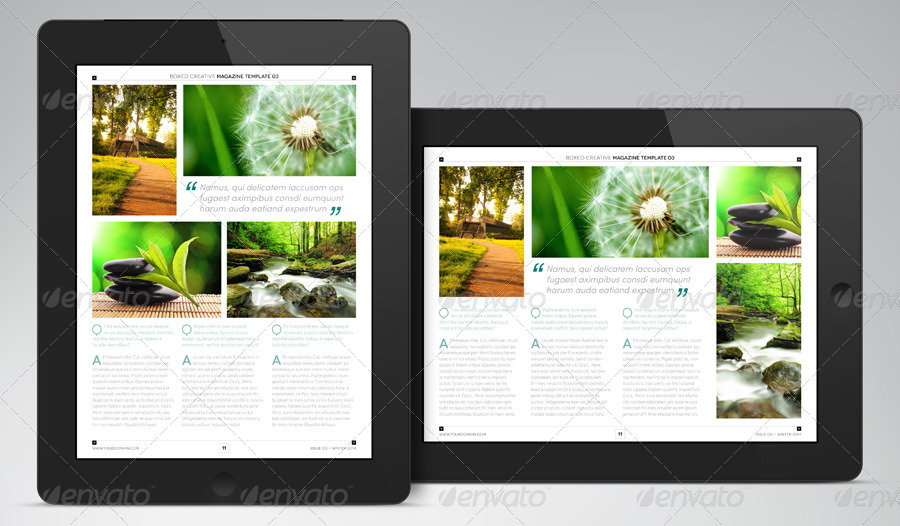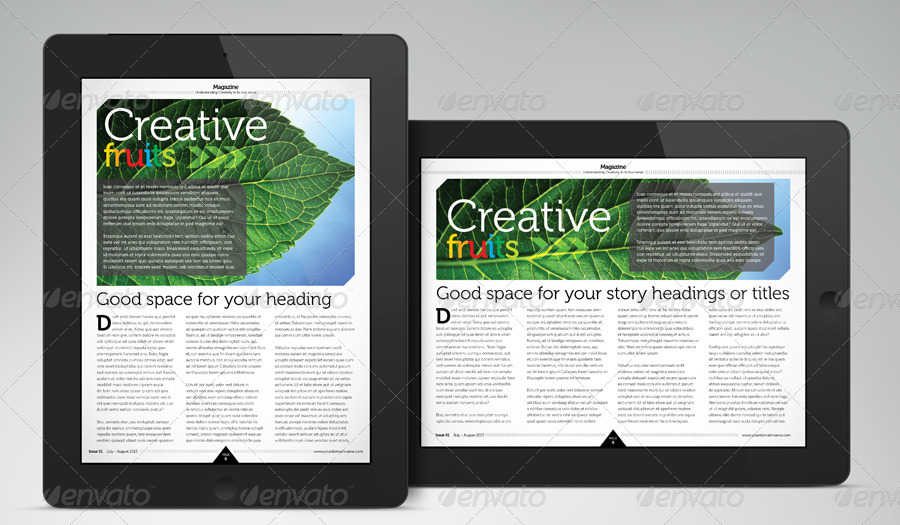


IPadOS is a great operating system for a tablet, with loads of easy-to-use apps, and a slick user interface that allows you to jump between high-power tasks. And this ties into our biggest issue with new Air – who, and what, is it really for? It’s good at a lot of things, but it isn’t the best at many of those things. The iPadOS 15.4 software that the new iPad Air runs on is good… but only good for a tablet. The switch isn’t instant, as apps are placed into stasis when not on screen, but the time it takes for an app to return to life is minimal. Want to seamlessly jump from The Last Campfire to Affinity Photo to GarageBand? This tablet can absolutely do it. The M1 chip is made for those who want to manipulate 3D models smoothly in Procreate, or who want to run the most graphically-intensive games (or code for them) on the go. There was nothing at all we could throw at the Air that remotely compromises its performance – in both benchmark testing and real-world use it proved far superior to the iPad Air of two years ago, and it’s rare to see such a step change between iterations. The iPad Air 2022’s M1 chip brings a big power boost, putting the tablet shoulder to shoulder with the iPad Pro series in terms of raw power. The array of sketching and photo-editing apps now available for the iPad means you can turn the iPad into a brilliant creative tool – although you will need to spend $129 / £119 / AU$189 to add the stylus to your arsenal, which is quite an outlay on top of the cost of the tablet. That said, the amount of things you can do with the Pencil is impressive. If Apple could develop some clever haptic means of mimicking the flow of lead over paper then we’d be all over it, and the Apple Pencil in general as it is, the rubber tip still slips too freely over the display. We’re still not huge fans of the Apple Pencil as a stylus, as no matter what people say, it doesn’t mimic the sensation of pencil on paper in a way that would convince us to move away from scribbling on dead trees.

The brightness isn’t at the level of the iPad Pro (500 nits vs 600 nits peak brightness), but most people would struggle to see the difference if they’re not editing video or closely studying photos. The screen is bright enough, with decent color reproduction for all tasks. (Note: This rattle wasn’t present in all the review models we tried, but it was disconcerting enough to be an issue with our main review device). We did encounter one issue: the Touch ID sensor is still housed in the long, thin power button at the top of the tablet – and, as on the previous model, it rattles slightly under the finger, which really diminishes the premium feel.


 0 kommentar(er)
0 kommentar(er)
